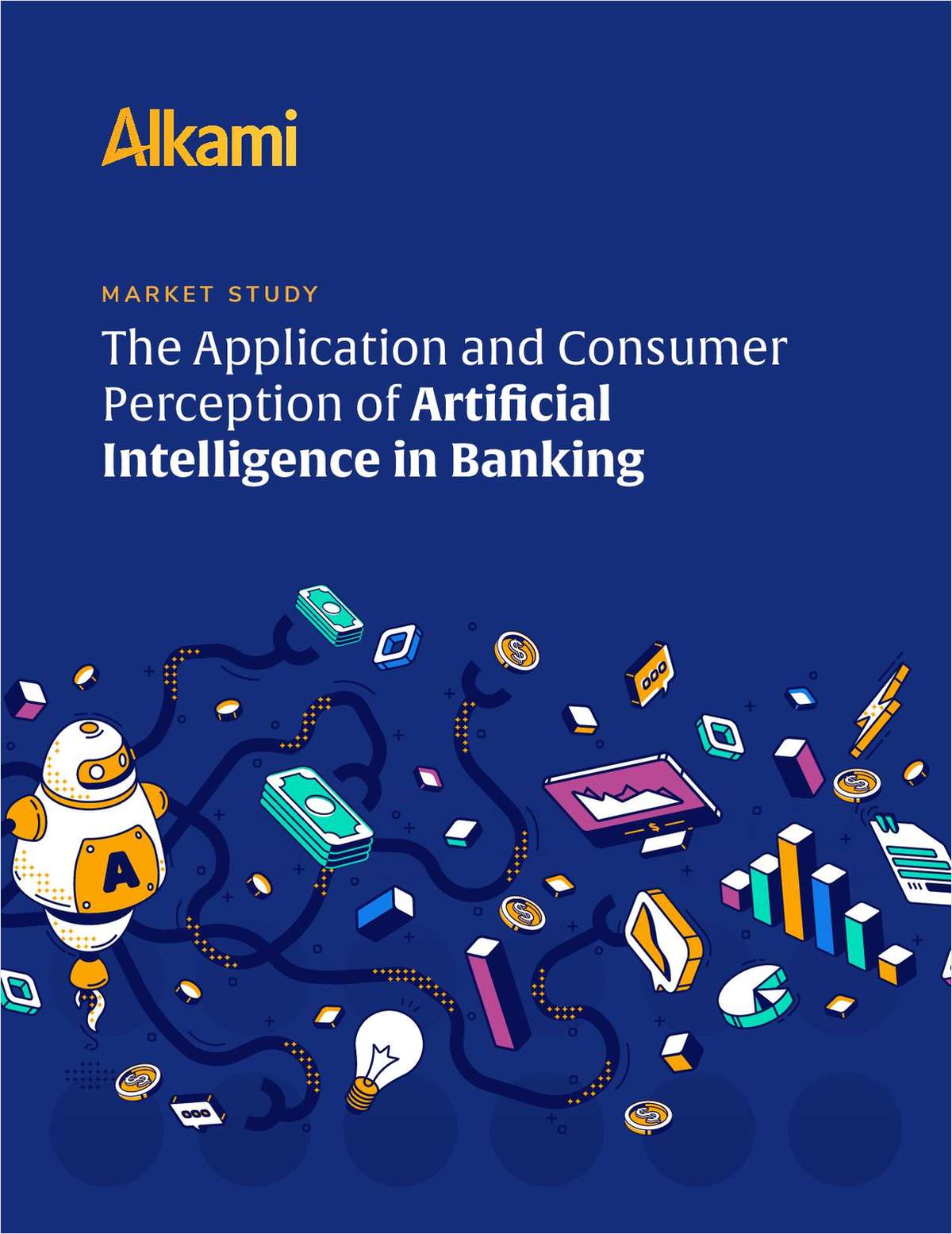In the old days, a credit union's personal financial management tools largely consisted of paper checkbook registers and free pens. Today, they're sophisticated digital tools that are part of a multi-million dollar industry, and the stakes are much, much higher.
Credit unions now have to make crucial decisions about whether and how PFM offerings work on their sites, and because they usually don't build them in-house, the decision to purchase branded versus “white-label” products can be a game-changer.
Increasingly, PFM products are becoming important to consumers. Only 72% of men, 73% of women and 79% of millennials said they're in control of their finances, according to the 2015 Consumer Banking Insights Study by BancVue; those numbers are down from 84%, 80% and 83%, respectively, in 2013. And community bank customers and credit union members are more likely to see their financial institutions as partners in managing their finances (70%) compared to customers of megabanks (57%).
Those numbers are one reason why credit unions are looking hard at PFM products, which allow members to aggregate their financial accounts in one place so they have a comprehensive view of their financial condition. Users can typically categorize transactions, analyze spending, make budgets, set savings goals and view charts or graphs.
Intuit's Mint is one of the most popular branded PFMs on the market. But there are also a growing number of companies such as Geezeo, founded in 2006, that are drawing interest for their white-label PFM products, which quietly integrate directly into financial institutions' online set-ups. Unlike branded options, white-label products only bear the flag of the financial institution.
At the heart of PFM's digital strategy are member engagement and data. Increasing engagement keeps credit unions relevant to members and gives credit unions a competitive edge; collecting data from that engagement helps credit unions provide well-timed, well-targeted offers to members.
But there's another part of the strategy, too: Turf protection.
“When we talk to some credit unions, we talk about PFM and they say, 'Well, my customers use Mint,'” Geezeo CEO and founder Shawn Ward said. “What we've always preached is, Mint is more dangerous to you. It's a bigger competitive threat than the community bank or the credit union who's been at the corner for 40 years.”
He explained, “They cross-market you and, if they can, convince you as a Mint customer to take another financial product from somewhere else. That is much more damaging to you than the community bank that's across the street that's always been there, because that customer's already chosen you over that community bank. Once you lose that to Mint, you essentially become a rate. They're going to Mint to manage all their money, manage all their accounts. Mint becomes more important than you.”
Only 30% of credit unions have PFM products now, Ward estimated, and about 200 of them are Geezeo clients. One is the Apple Valley, Minn.-based Wings Credit Union, which started its PFM-integration process in 2013 while refreshing its digital platforms. Members were asking for PFM, Wings CU Senior Vice President, Digital and Chief Information Officer David Mason said, and the $4.2 billion credit union with 199,000 members wanted to keep a consistent look across channels. Its PFM product is called Money Tracker.
“We had some concerns about going with the major players,” Mason said. “When you go with a Mint.com, their branding is going to be predominant on the site. Everybody's going to know who's driving the service. We were a little concerned with that because by doing that, we do kind of give up some control of the member experience.”
The $6.7 billion America First Credit Union in Riverdale, Utah recently revamped its PFM, launching a white-label product called Money Manager in May. Money Manager is actually a product of the Utah-based MX, and it includes a spending tracker, budgeting tools, debt snapshots and financial-roadmap tools. The credit union, which has more than 696,000 members, made the change to simplify things, according to E-Services Manager Mike Salerno.
“The money hawks, if you will, that are really into watching where every dollar goes and want to assign it to a budget and want to try and pay down their debt over time and all that — it just wasn't meeting the needs,” he said of America First's old PFM. Members had to do too much manual labor, he added.
Read more: Golden 1 is seeking a PFM product that looks and feels like its own …
Golden 1, which is headquartered in Sacramento, Calif. and has $9.2 billion in assets, might acquire a PFM product in the next few years, according to Vice President of Investment and Insurance Services Pete Snyder. And it may go with a white-label product, too.
“It would be a priority for us, I believe – something could change – but we would want to be consistent with our brand, which is the look and feel of everything that our member sees,” he said. “We want to make sure it has the same look and feel as what Golden 1 creates on its own.”
Some credit unions are watching and waiting. Though a few PFM capabilities will be part of a new online banking solution it plans to launch later this year, First Tech Federal Credit Union of Mountain View, Calif., for example, doesn't offer a full PFM, and getting one isn't a major focus right now, according to Chief Technology Officer Mike Upton. In fact, Upton, whose credit union has $7.7 billion in assets and 395,000 members, is skeptical of some of the fascination with PFM.
“It offers an allure of potential, but most of the experiences are somewhat underwhelming,” he said. “It's typically because what most folks end up finding is that it ends up being a fair amount of work and effort on the part of the member to keep the information timely, relevant and maintained. So, while there sometimes are initial spikes of interest in utilization, they tend to level off and plateau fairly quickly because members just really haven't, as a larger population, found that those offerings are really compelling.”
Financial institutions have to be choosy about which PFMs are right for their members and their strategy, he added.
“There are PFM-like capabilities that we would be interested in making available. But they're going to look and feel differently than, say, the way Mint has packaged theirs,” he said.
PFMs typically charge on a per-user basis, Salerno and Ward said, but Salerno said he held out for a license deal. “We don't want to punish ourselves for growth,” he explained.
Wings, which Mason said had its PFM product up in about 90 days, pays a flat rate based on the number of members who use the service. The marketing, operations and IT teams were all involved in the rollout, he noted.
“It helps to have some good estimates on what you think your adoption's going to be,” Mason said. “The more accurately you can predict that, the better or more efficiently you're going to be able to negotiate the pricing.”
About 50% of the credit union's online banking members use the Wings PFM; it originally expected about 25%, he said.
Of course, one way to recoup PFM investments is by mining the data they generate. Wings, for example, said it's using its PFM product to target messaging and offers based on data aggregated within the system as well as how members use the product.
“[Credit unions] can serve up very relevant, targeted ads and offers to promote products that may help their members get through their next stage of financial life, whatever that may be,” Geezeo's Ward noted.
But not all credit unions are on board with that. For one thing, they already have a lot of data about their members, according to Upton. And then there's the time.
“Today data-mining for us is not on our roadmap,” Salerno added. “It may come down the road, but right now that's not a primary objective. There is a lot of hype around it. Big data is out there, no doubt, and people are trying to take advantage of it and use it. It's a lot of work to do, and I'm not sure how much benefit you get out of the work that is required for that data-mining.”
But regardless of whether they choose white-label or branded PFMs, and regardless of whether they mine the data from it, credit unions have to recognize PFM's growing competitive necessity, Ward noted.
“This is your biggest fight, because once someone gets anchored in their digital experience, it's hard to go back,” he said.
Continue Reading for Free
Register and gain access to:
- Breaking credit union news and analysis, on-site and via our newsletters and custom alerts
- Weekly Shared Accounts podcast featuring exclusive interviews with industry leaders
- Educational webcasts, white papers, and ebooks from industry thought leaders
- Critical coverage of the commercial real estate and financial advisory markets on our other ALM sites, GlobeSt.com and ThinkAdvisor.com
Already have an account? Sign In Now
© 2024 ALM Global, LLC, All Rights Reserved. Request academic re-use from www.copyright.com. All other uses, submit a request to [email protected]. For more information visit Asset & Logo Licensing.









